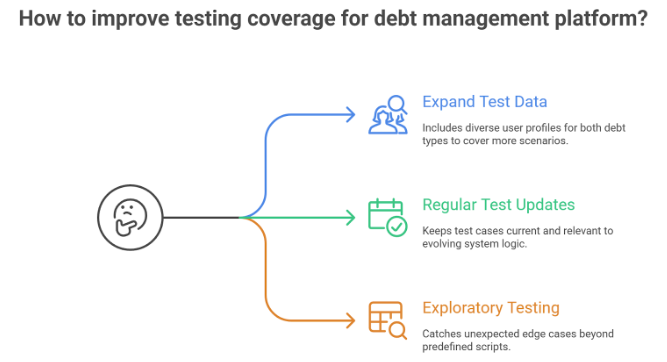In agriculture, pesticide paradox is a term described as how pests develop resistance to pesticides over time, making it ineffective. Similarly, in the world of software testing, Pesticide Paradox refers to the phenomenon where the repeated execution of the same set of test cases results in decreased effectiveness over time.
This paradox highlights the need for continuous evolution and adaptation of testing strategies to ensure test effectiveness.
Understanding the Pesticide Paradox
The Pesticide Paradox was introduced by Boris Beizer in his book “Software Testing Techniques”, that suggests:
“If the same tests are repeated over and over again, eventually these tests will no longer find new bugs.”
Just like pests adapt, software can become "immune" to existing test cases.
Why does it happen?
- Code evolves, tests don’t: Software is constantly changing with new features and logic updates. If test cases remain static, they eventually stop uncovering fresh issues.
- Tests target known issues: Many test cases are designed to catch previously known bugs. Once those are fixed, the same tests don’t add much value.
- Static regression suites: Relying on an outdated automated regression suite can create a false sense of security if it isn’t adapted for recent changes.
A Real-World Look at the Pesticide Paradox
Here’s a quick example from a debt management platform that handled both rental and mortgage debt. While the system supported both flows, their logic and requirements were quite different.
Originally, test cases were focused on mortgage scenarios using a single set of user data. That approach missed key bugs in the rental debt workflow. On the flip side, testing rental flows with the same handful of profiles failed to cover mortgage-specific logic.
To address this, we expanded the test data to include a broader range of user profiles for both types of debt. We also made it a habit to update our test cases regularly and lean into exploratory testing. That helped us catch edge cases we would’ve otherwise missed by relying solely on predefined scripts.

How to avoid the Pesticide Paradox?
- Review and refresh test suites regularly: Audit your tests, add new ones for code changes, update old ones, and remove obsolete cases.
- Encourage exploratory testing: Go beyond scripted tests. Let the QA team explore the app freely to uncover unexpected behaviors and edge cases.
- Vary your test data: Run existing tests with different user roles, environments, and data sets to expand coverage.
- Use risk-based testing: Focus on high-complexity or high-impact areas, recent changes, and parts of the system with a history of bugs.
Keep Your Testing Evolving
The Pesticide Paradox is a reminder that testing is an ongoing process that needs constant adaptation. By refreshing test suites, encouraging exploration, and varying test data, teams can stay ahead of it and ensure software quality stays high.
Need help improving your QA strategy? [A] helps organizations modernize their testing approach and implement scalable, effective QA practices. Contact us to learn how we can support your testing evolution.




